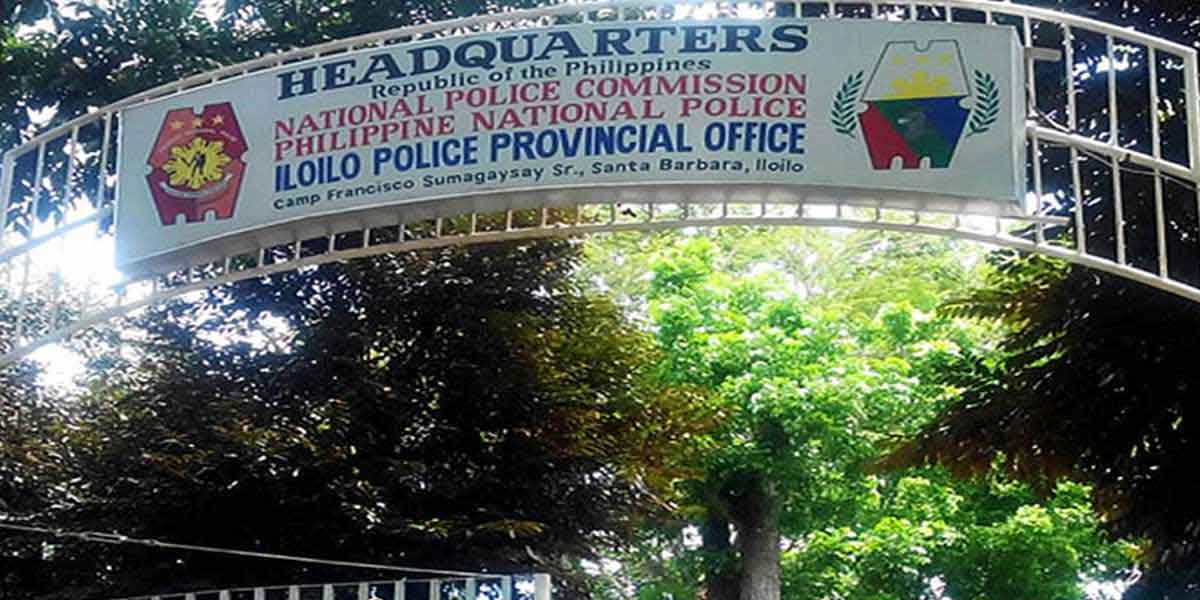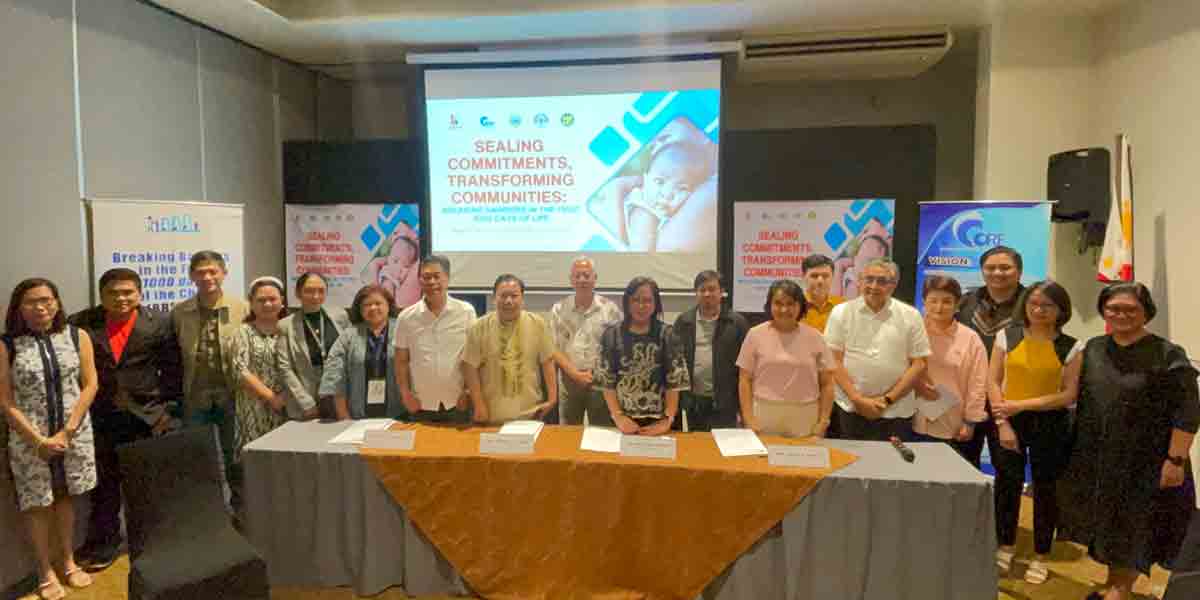By Angelika N. Buergo
Is education truly an equalizer?
This question was posed by Dr. Clement Camposano during his investiture speech at the University of the Philippines Visayas graduation program. But more than it being a rhetorical question, the statement puts the university’s constituents in a rather difficult predicament: how does one fix the systemic problem that undermines the underprivileged sectors of society and the very same system that produced these graduates?
The question was challenging; it warranted hefty dialogues and discussions which will no doubt remain unanswered for a very long time. But in a sense, this inquiry also substantiated and made the event more meaningful. It encapsulated the importance of recognizing inequality and unfair privileges; of looking at the margins and deconstructing the privileged point of view.
Consequently, I surmise that “Paghiliupod sa Pagpanakayon”, which was this year’s graduation theme, urges us to think of the people in the margins – to not leave them behind in our journey forward.
The graduation and investiture event commenced with loud chants from a group of indigenous people called the Tumandok of Panay. The babaylan – a shaman who acts as an intermediary between humans, deities and spirits – danced in synch with the chants and percussions that wafted the air. It was a lovely sight.
Unlike the typical graduation rites where the graduating students take the spotlight, UPV also opted to pay homage to the indigenous people of Panay. While the day also celebrates the graduating scholars, the event also embodied the essence of a UP education and what purpose it serves to the community especially to the marginalized sectors.
As Chancellor Camposano emphasized, the real “Iskolar ng Bayan” should exert utmost effort to know the poor and the marginalized while also making a conscious effort to eradicate their biases.
It was my first time witnessing a graduation ceremony from UPV. Although I am a student in the university myself, I haven’t had the chance to attend one when face-to-face gatherings were still allowed.
However, this didn’t stop the surge of nostalgia that hit me when the camera panned at the familiar landscape and scenery where my friends and I used to hang out. For that briefest moment, I was back at the university grounds.
True to his words, Director Kevin Piamonte and his team created a “space to breathe”, one that brings hope and inspires – which is most crucial and needed in these trying times. The event offers a temporary reprieve from the chaos brought about by the health crisis that is currently sweeping the nation.
The ceremony, albeit shown virtually, became an avenue of hope as a new breed of iskolars are inducted to take part in the county’s intellectual and professional forces.
The event, which lasted for roughly two hours, reveled at the graduates’ academic excellence and marked the culmination of another school year.
From a constructed film set, the ceremony was able to showcase the past, the present and the future by honoring the indigenous people who have been long part of this nation’s history and the graduates who will take the helm in leading the country’s future.
But most importantly, faithful to the university’s long tradition of raising critiques and intellectual dialogues, the Parangal also invited us to retrospect; to ask the hard question; and as the Chancellor said, to ‘challenge education itself’.
























